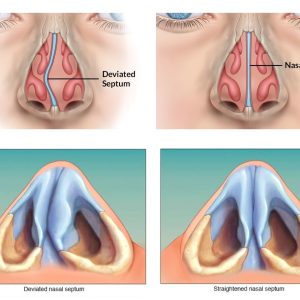Septoplasty Surgery in IRAN

What Causes Nasal Bone Curvature?
A deviated septum can be either congenital or caused by injury or previous surgery. When trauma occurs in childhood, the nose’s structure can change and become permanent as the person grows. This explains why there’s a difference between traumatic septum deviations in adults versus those in developmental stages. Typically, septum deviations are caused by both cartilage and bone structures, though the extent varies. The septum may be tilted, curved, angled, bent, or have a spur. As a result, there is no one-size-fits-all solution for correcting the septum. Each case requires a personalized approach.
How Is Septoplasty Surgery Done?
Septoplasty can be combined with rhinoplasty to enhance both the aesthetic appearance and function of the nose. For those satisfied with their appearance, septoplasty is performed solely to improve nasal function without altering the external look. Essentially, the surgical approach depends on the patient’s goals.
In some cases, external changes are necessary to address breathing issues. For instance, a nose injured by trauma may require cartilage grafts from the septum, ear, or occasionally the rib to restore both form and function.
The procedure is done under general anesthesia and usually takes one to two hours. Afterward, patients can return home once the anesthesia effects wear off. To aid recovery and minimize the risk of infection, it’s recommended to take a week or ten days off from work, although this recovery time may vary depending on the complexity of the surgery.
What to Do Before Septoplasty Surgery in Iran?
-
Consult with a specialist and provide a comprehensive overview of your medical history
-
Stop taking aspirin or nonsteroidal anti-inflammatory drugs for 7 to 10 days before surgery
-
Avoid drinking or eating sweets and chewing gum the night before the operation
-
Stop smoking before the surgery
Post-op Septoplasty Care
-
Start eating with a light diet after surgery
-
Keep your head elevated while sleeping
-
Take all medications prescribed
-
Rinse your nose with saline nasal spray several times a day
-
Avoid taking a shower or bath in the first 24 hours after surgery
-
Some swelling and moderate nasal bleeding are common for several days after surgery
-
Avoid taking aspirin or nonsteroidal anti-inflammatory drugs (NSAIDs) for three weeks after surgery
-
Several follow-ups may be needed
-
Packs and septal splint (if inserted in the nose) and debris or crusts will be removed by the surgeon during the first post-op visit
-
Avoid sneezing for 7 to 10 days after surgery
-
Avoid alcohol, tobacco products, and dust as they may prolong swelling and recovery
-
Avoid swimming and other strenuous activities for 3 weeks after surgery
